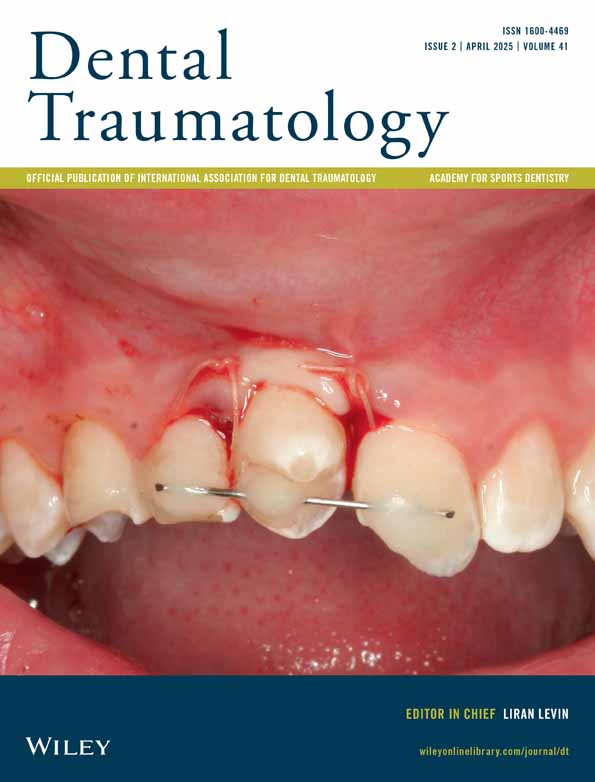Relationship Between Dental Trauma and Orthostatic Balance in Children
Funding: This work was supported by FAPESC/Brazil: (grant number 09/2015) and CAPES/Brazil: (Financing code 001). Dr. Daniel Fernandes Martins is supported by research fellowships from CNPq/Brazil (309407/2017-6). Dr. Jefferson Traebert is supported by research fellowships from CNPq/Brazil (311402/2023-2).
ABSTRACT
Background
Dental trauma (DT) and falls have shown to be associated. On the other hand, postural balance is associated with falls and depends on the integration of the body's regulatory systems. The aim of this study was to investigate the potential relationship between DT and alteration of orthostatic balance in children.
Methods
This was a population-based case–control study involving 296 six-year-old schoolchildren. The case group included children with previous history of DT. The control group included children with no previous history of DT. Stabilometric measurements were the main exposure of this study. Logistic regression analyzes were performed to estimate potential differences in terms of chance of occurrence.
Results
The cases reviewed showed a 4.37 times chance of reduced balance in the measurement of the anteroposterior trajectory speed of the orthostatic center of pressure (COP), when children had their eyes closed. It also presented a chance of 3.06 times reduced balance in the measurement of the orthostatic center of pressure latero-lateral sway, with children with open eyes and stepping on a foam pad, and 4.00 times of reduced balance in the width of the latero-lateral sway of the orthostatic center of pressure, with children with open eyes and stepping on a foam pad.
Conclusion
Children with previous history of DT showed a higher chance of experiencing a reduced orthostatic balance in different conditions when compared to children without the occurrence of trauma.
Conflicts of Interest
The authors declare no conflicts of interest.
Open Research
Data Availability Statement
Data are available on demand.




